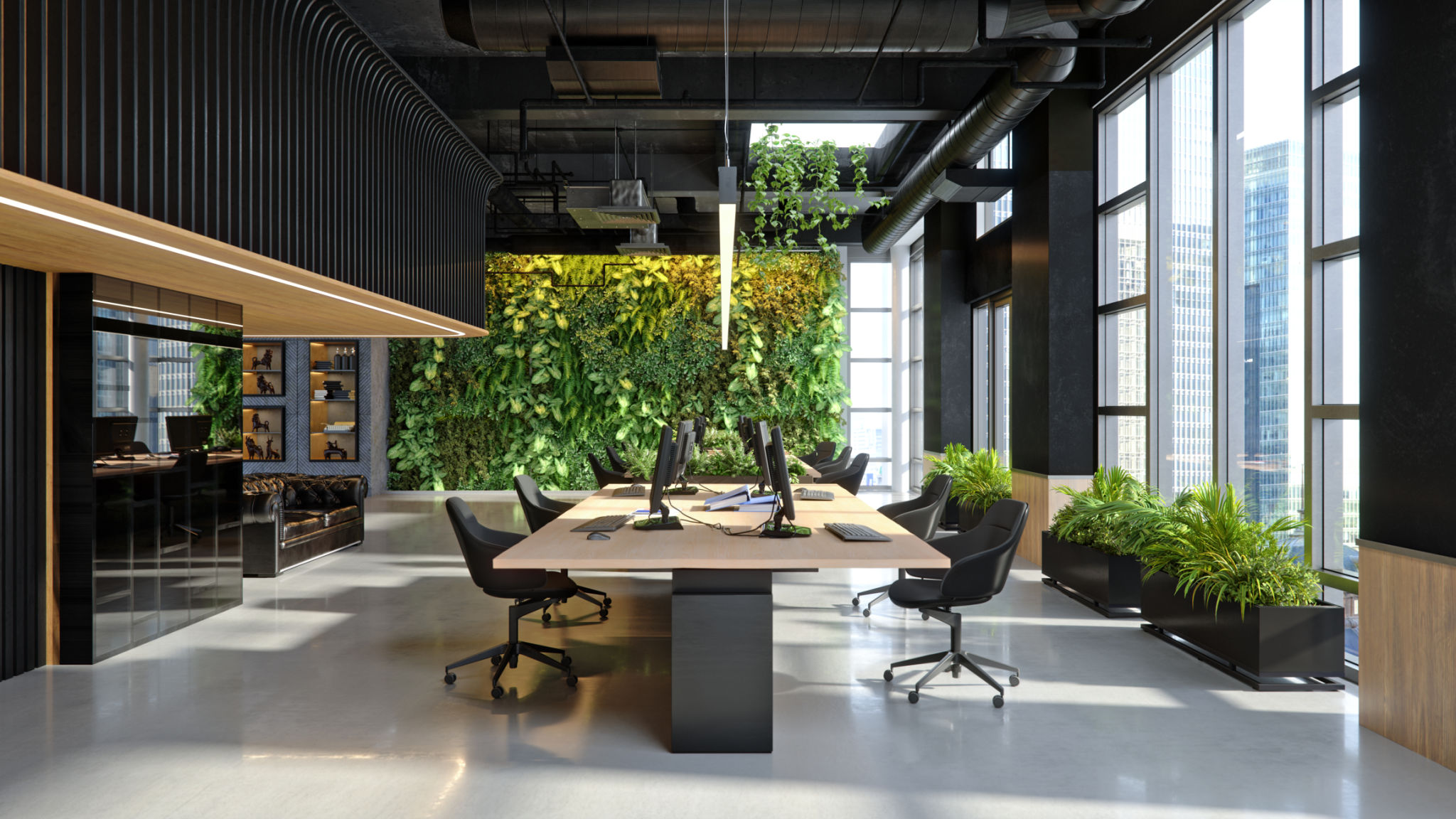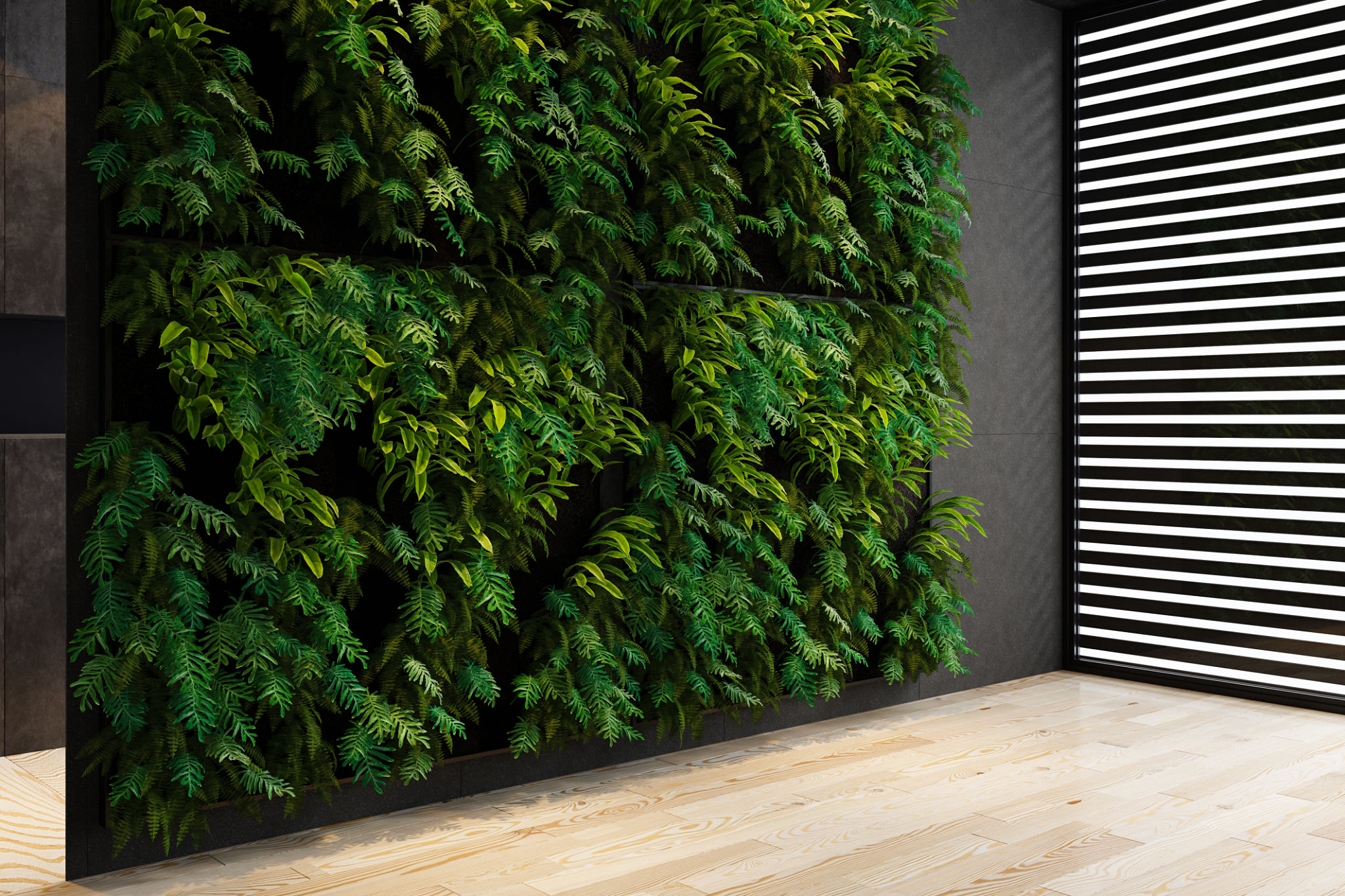Innovative Corporate Garden Designs: Transforming Office Spaces with Greenery
The Rise of Corporate Gardens
In recent years, the incorporation of greenery into office spaces has become more than just a trend—it's a movement. Corporate gardens are emerging as a vital element in modern office design, bringing a slice of nature into the concrete jungle. These gardens not only beautify the environment but also contribute significantly to the well-being and productivity of employees.
The concept of corporate gardens goes beyond just placing a few potted plants around the office. It involves strategic planning and innovative design to create spaces that foster creativity, reduce stress, and improve air quality. As companies strive for sustainability, integrating natural elements into the workspace is becoming an essential strategy.

Benefits of Green Office Spaces
Introducing greenery into office environments comes with a host of benefits. Firstly, plants help purify the air by absorbing pollutants and releasing oxygen, leading to improved indoor air quality. This can result in fewer sick days and enhanced employee health.
Moreover, a green office space can boost employee morale and productivity. Studies have shown that exposure to nature can reduce stress levels and increase overall job satisfaction. Employees working in environments with natural elements often experience higher concentration levels and greater creativity.

Designing an Innovative Corporate Garden
When it comes to designing a corporate garden, creativity is key. The design should not only be aesthetically pleasing but also functional and sustainable. Here are some creative ideas for transforming office spaces with greenery:
- Vertical Gardens: These are perfect for offices with limited floor space. By utilizing walls, you can create lush, green backdrops that add life to any room.
- Rooftop Gardens: Transform your rooftop into a green oasis. This not only provides a peaceful retreat for employees but also helps in insulating buildings and reducing energy costs.
- Edible Gardens: Incorporate vegetable patches or herb gardens that can offer fresh produce for the office kitchen.

Incorporating Technology in Garden Design
Modern corporate gardens often leverage technology to enhance their functionality and maintenance. Automated irrigation systems, smart lighting, and climate control can ensure that the plants receive optimal care without requiring constant human intervention.
Furthermore, integrating interactive features such as digital screens that provide information about the plants or sensors that monitor plant health can engage employees and encourage them to take an active interest in their green surroundings.

Case Studies of Successful Corporate Gardens
Several companies have already set benchmarks in implementing innovative corporate gardens. For example, Google's headquarters is known for its extensive green spaces that include both indoor and outdoor gardens, providing employees with calming retreats amidst their busy schedules.
Another notable example is Amazon's Spheres in Seattle, where a unique plant environment has been created to inspire innovation and collaboration among employees. These spaces demonstrate how effectively integrating nature into office design can make significant positive impacts on workplace culture.
The Future of Corporate Gardens
The trend of incorporating gardens into corporate spaces is expected to grow as more businesses recognize the value of biophilic design. In the future, we can anticipate even more advanced technologies being integrated into these green spaces, making them smarter and more efficient.
As sustainability continues to be a priority, corporate gardens will play a crucial role in creating eco-friendly office environments that support both people and the planet. By embracing greenery, companies can cultivate healthier, happier workplaces that foster innovation and success.

